Fraction Review Foldable
I created this fraction review foldable to review adding/subtracting fractions, multiplying fractions, and dividing fractions with my Algebra 2 students.
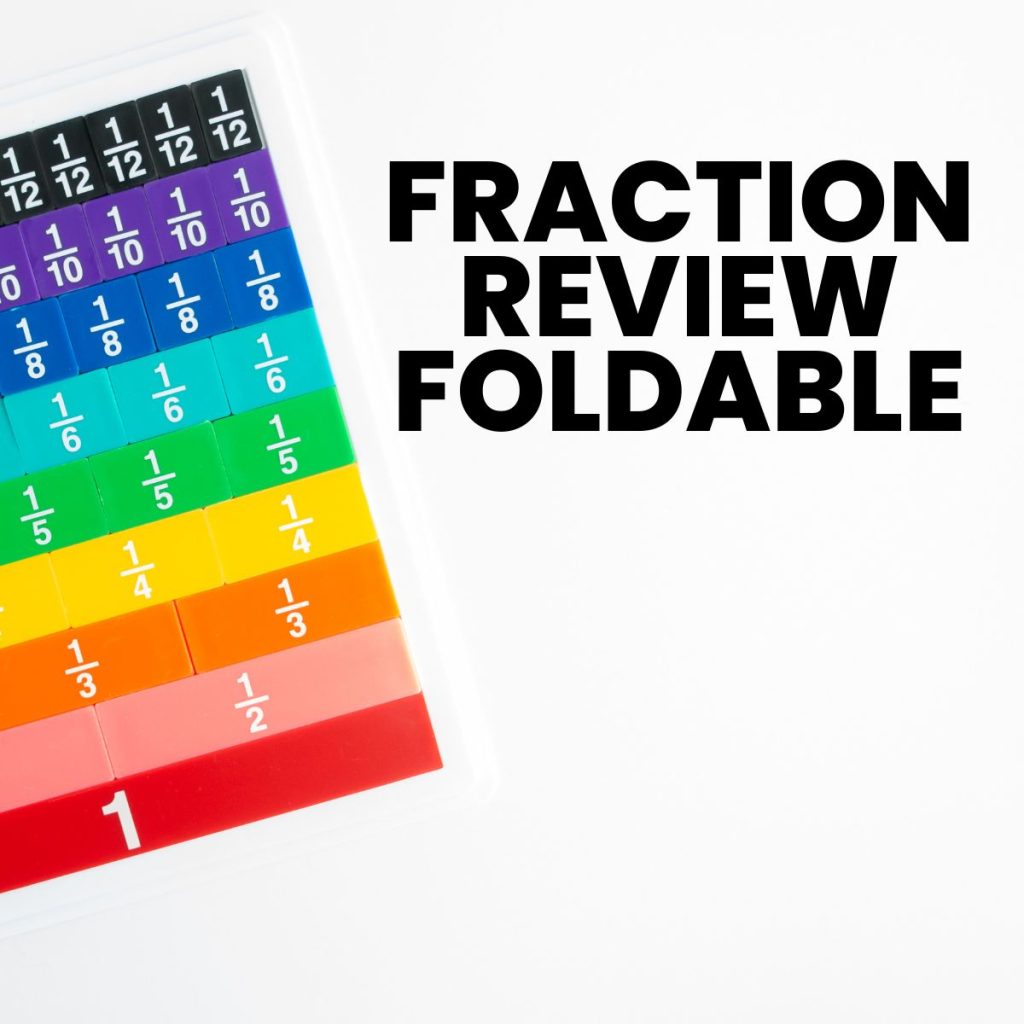
After my recent post on practicing fraction operations with a question stack, several commenters asked how exactly I reviewed fractions with my students.
I have done it several ways in the past. I used to do it with a simple 3 door foldable.
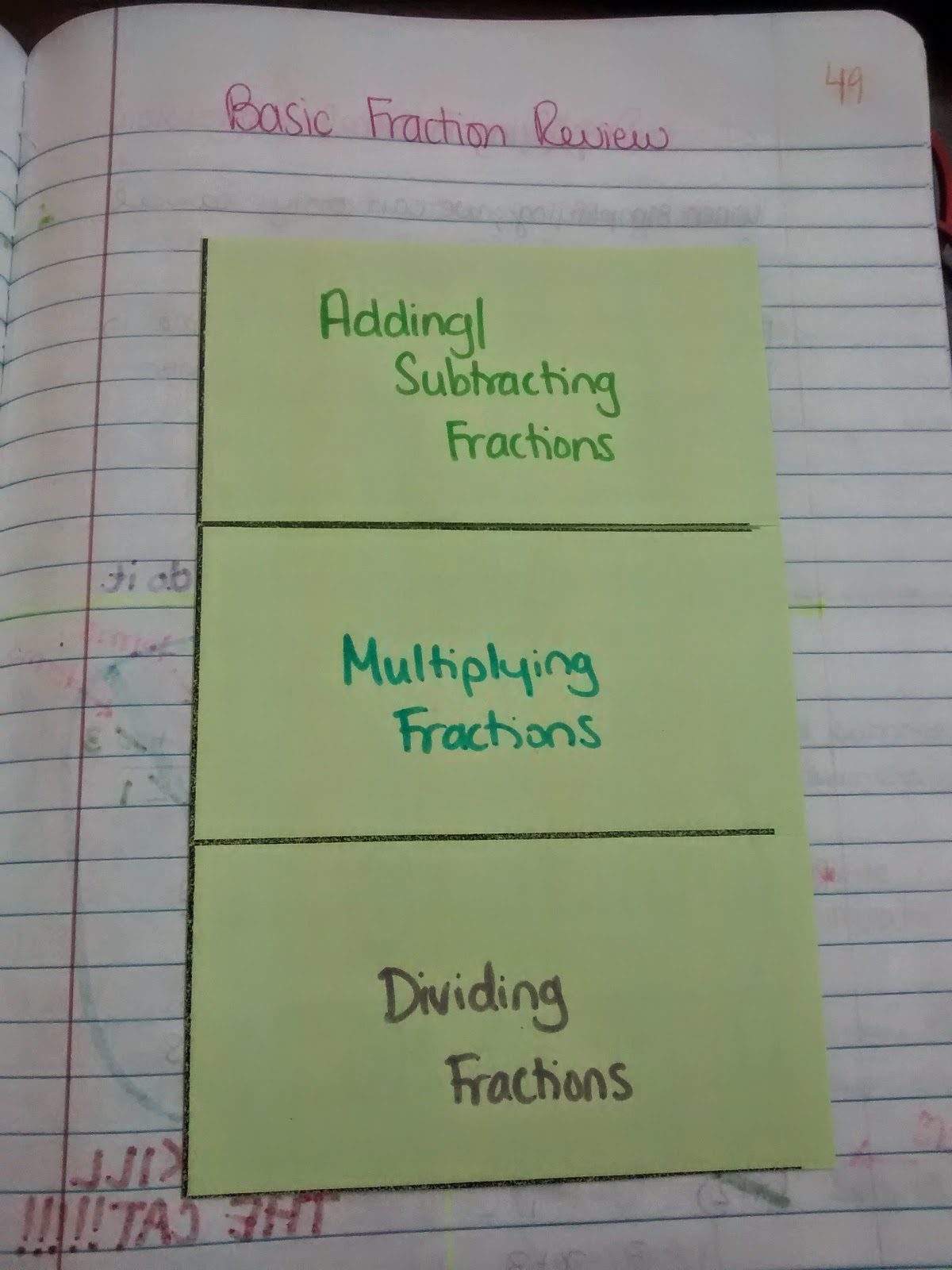
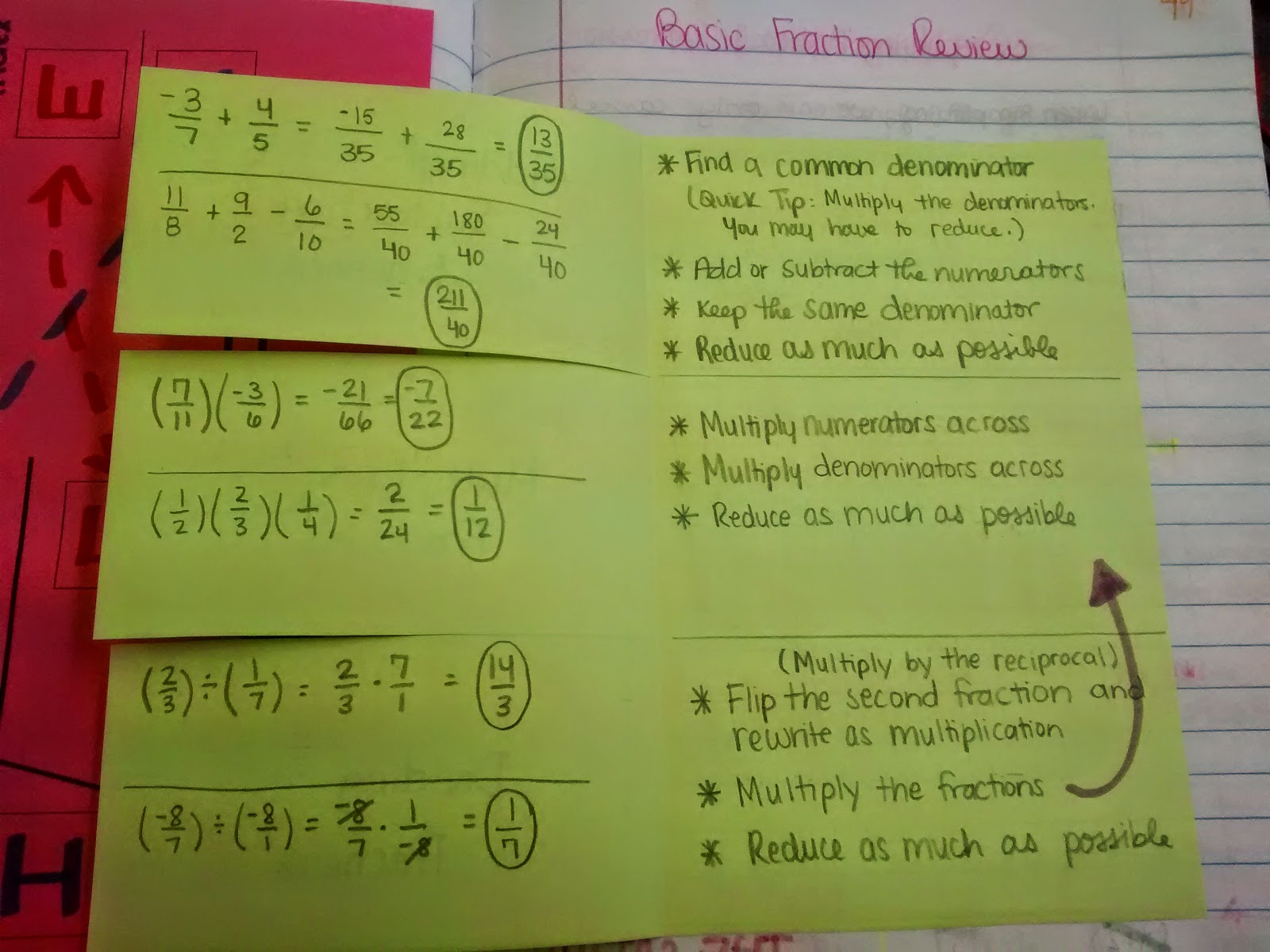
Now, keep in mind that I’m teaching this to Algebra 2 students. I’m focusing on the algorithms for working with fractions – not conceptual understanding.
I’d love to take the time to do more, but we’ve got more than enough stuff to cover in Algebra 2. I need my kiddos to not freak out if there is a fraction in a problem.
I need my kids to not freak out when we start working with rational expressions soon.
I reviewed this topic with my Algebra 1 students a few weeks earlier. I had them write out most of the notes by hand. It was slow.
Painstakingly slow. And, some of my students couldn’t even read the notes when we were done because their handwriting is so messy. I really liked the ordering of topics, so I kept that. But, I changed it to have much less writing.
This was also good because I wanted to spend as little time as possible on fraction review.
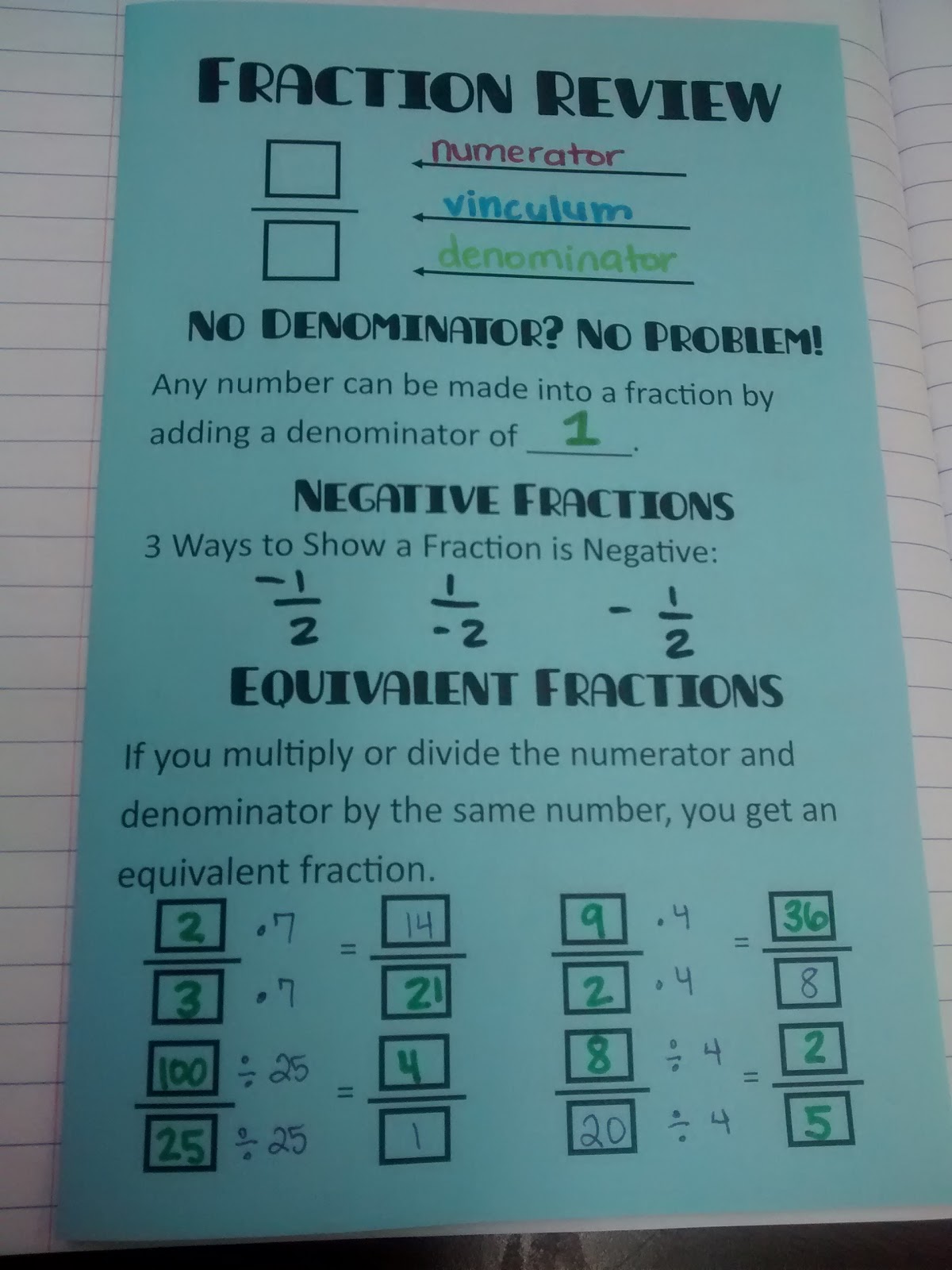
First up – parts of a fraction. I love teaching kids the word “vinculum.” I said it was the sort of fun fact that they could throw at at a party. “Hey, do you know what the line between the numerator and denominator in a fraction is called?”
They asked me if I wanted them to get beat up at the party. I guess we hang out at different sorts of parties…
Then, I decided to review two things that I get students asking about a lot. How do you make an integer into a fraction? And, is -a/b and a/-b the same thing???
The next section, equivalent fractions, has been a game changer in my classroom this year. I gave them the green boxes and asked them to figure out how to make an equivalent fraction.
This seemed super easy. It should have since we’re in high school.
Open to the inside of the booklet foldable:
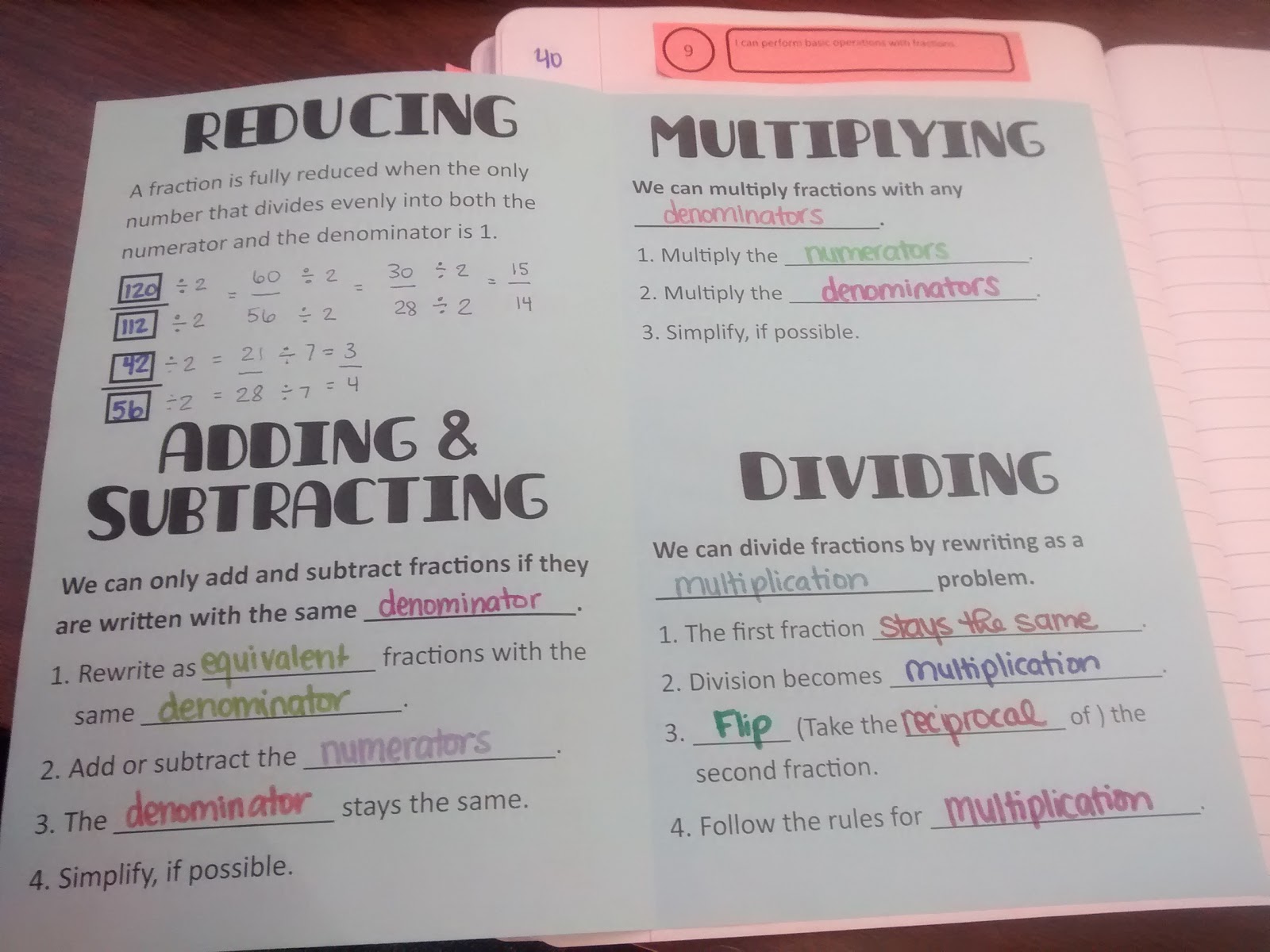
A quick review of reducing fractions.
Then, notes on adding/subtracting fractions. In the past, I would just tell them to get a common denominator.
Too often, students would find a new denominator and leave all the numerators the same. I could never figure out why they would do this.
This time, though, I connected it to the idea of equivalent fractions we had just gone over. I had really emphasized that whatever we do to the numerator, we have to do to the denominator.
It worked wonders! I’d always just assumed that kids could find common denominators. This is the first time I’ve explicitly taught/demonstrated how to do this to my students. And, I think this is making a huge difference.
To help them remember that they only add/subtract the numerators and keep the denominator the same, I said “We worked really, really hard to get equivalent fractions with that denominator. Let’s keep it that way!”
My multiplication and division notes were pretty straight forward. Nothing super interesting there. The most common mistake was students trying to cross multiply. All the time.
For some reason, they just see fractions and want to cross multiply. I told them we’re never going to cross multiply this year.
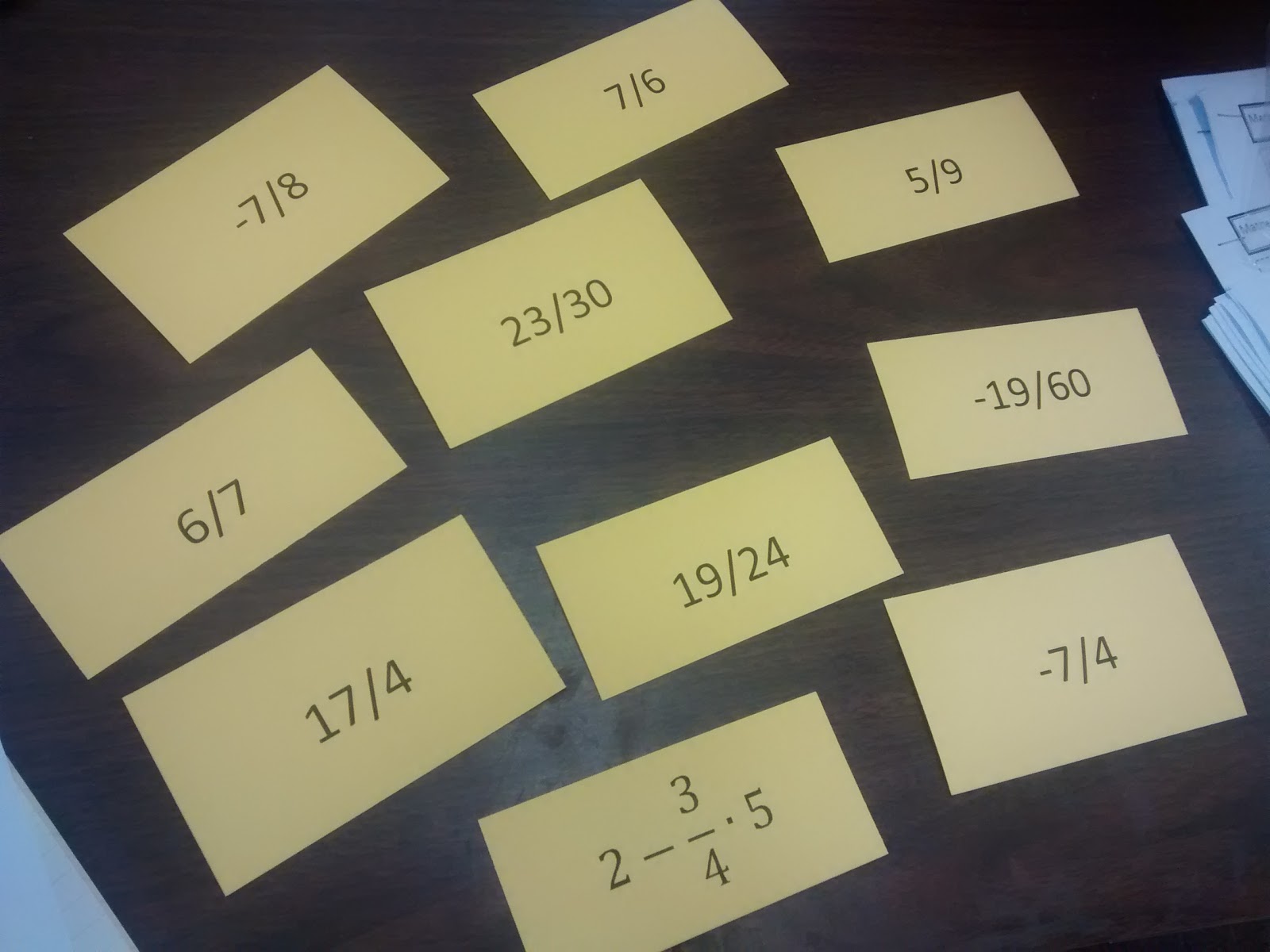
We put four practice problems in our notes. And, the next day we did the question stack activity with individual white boards.
Free Download of Fraction Review Foldable
Fraction Review Foldable (PDF) (3155 downloads )
Fraction Review Foldable (Editable Publisher File ZIP) (1697 downloads )

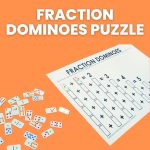
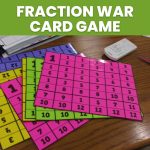
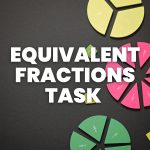
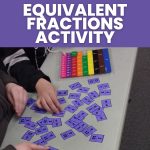
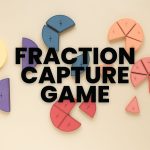
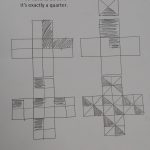

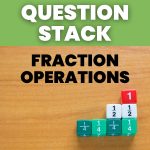
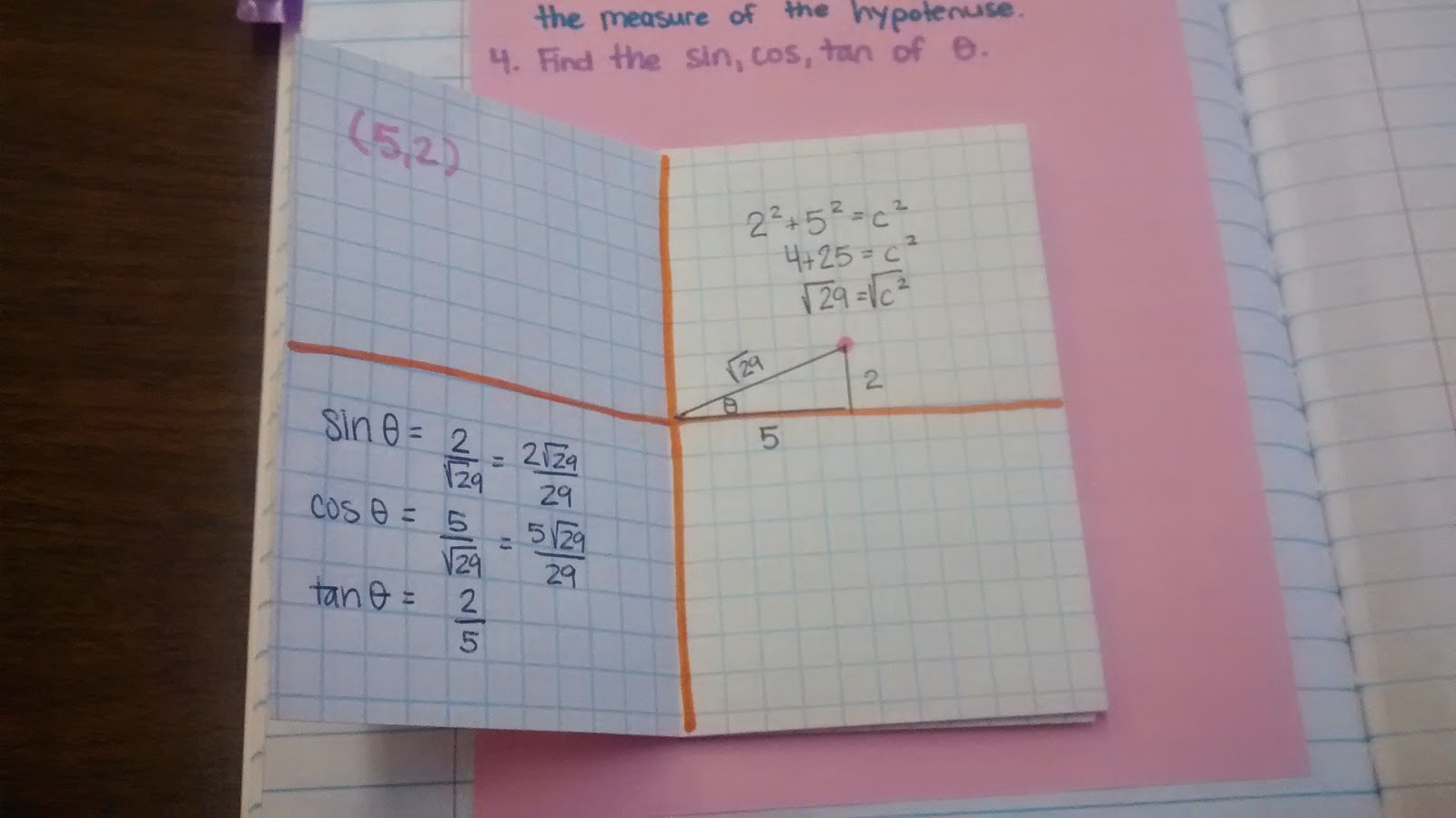
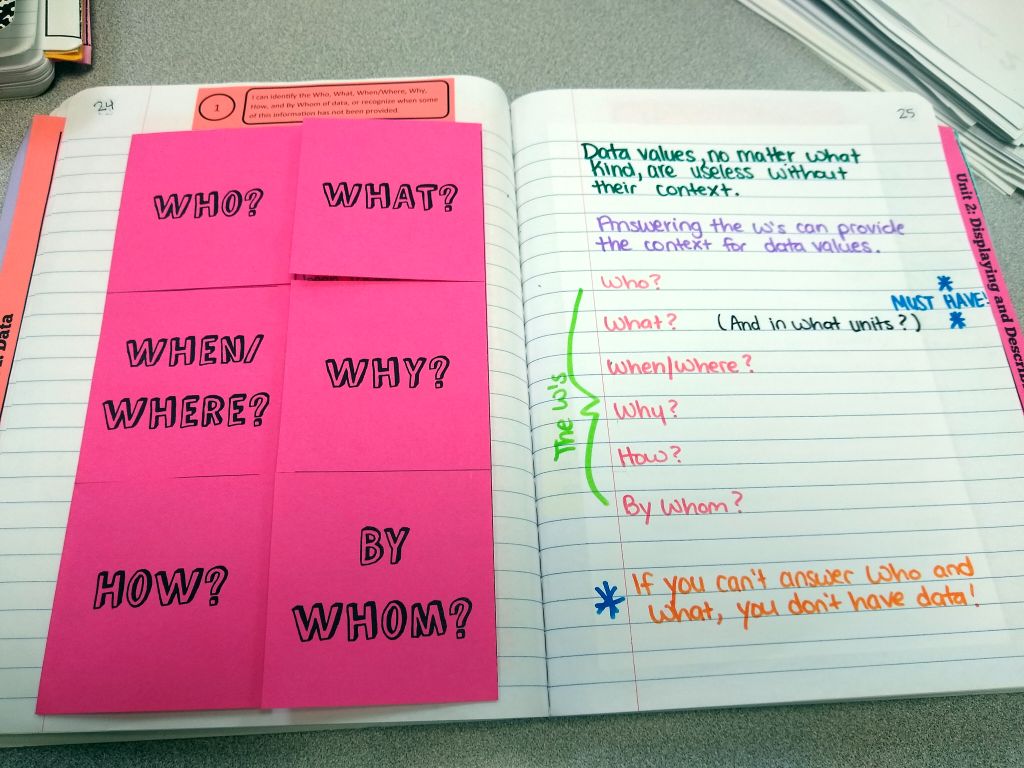
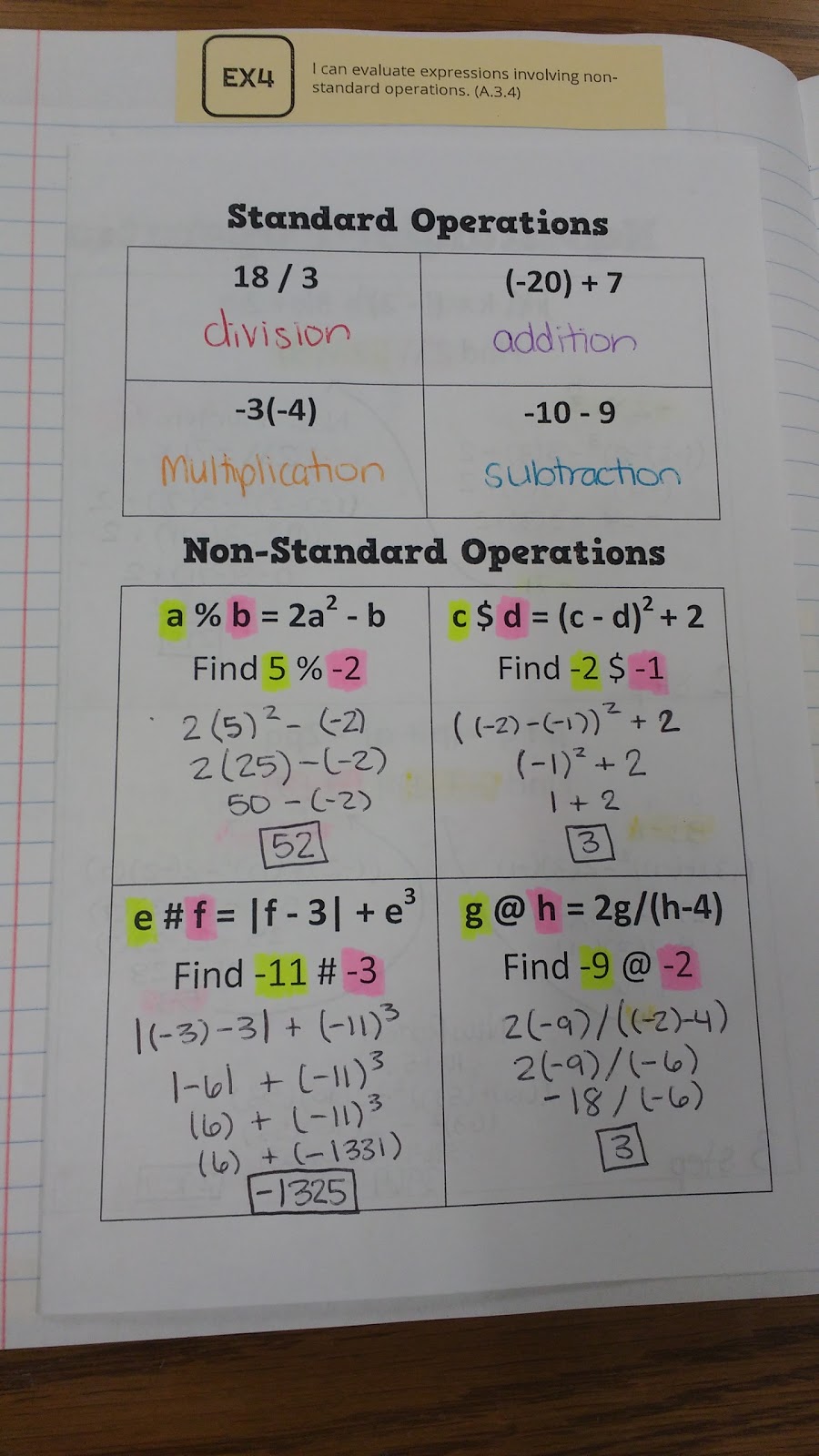
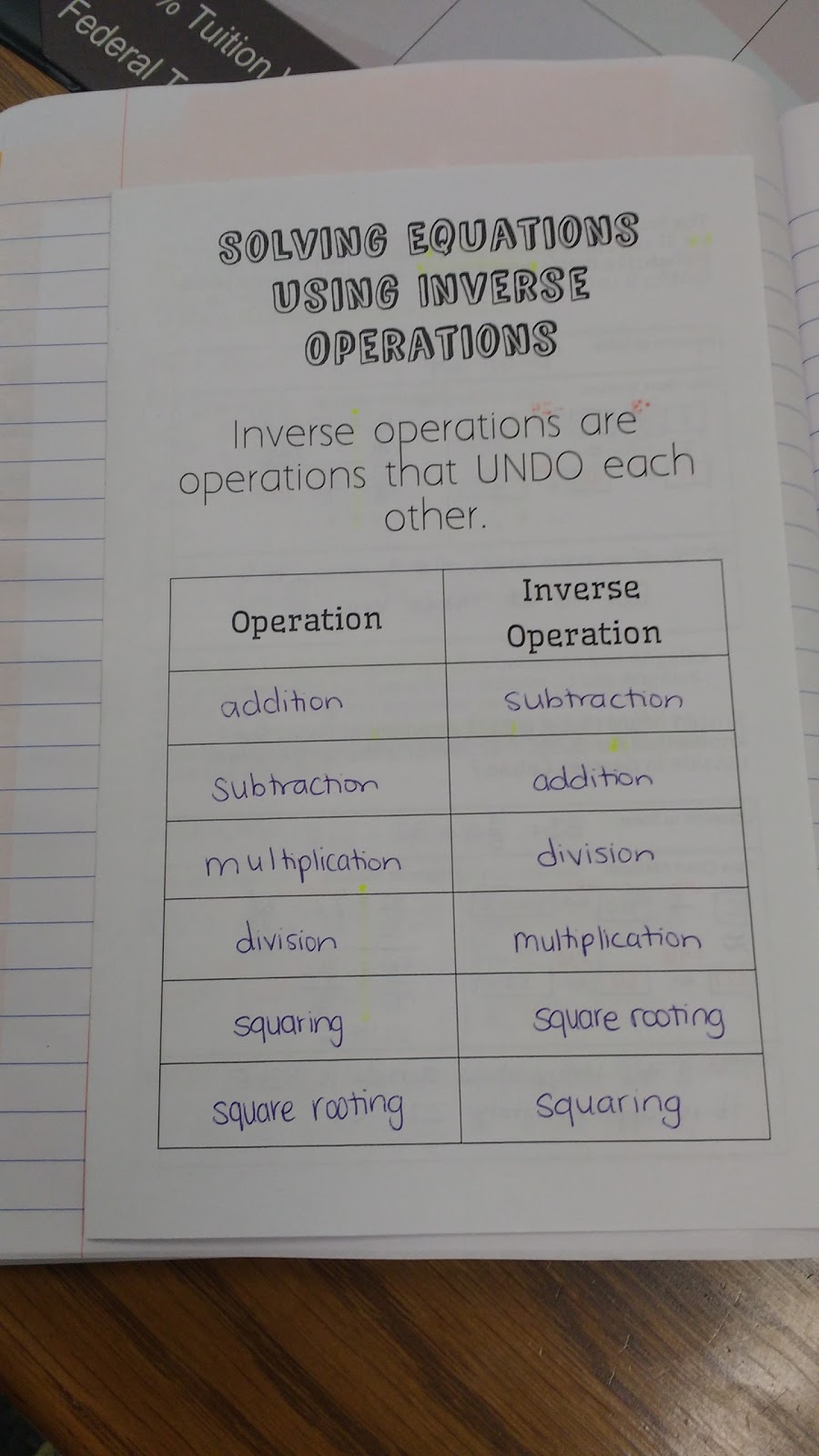
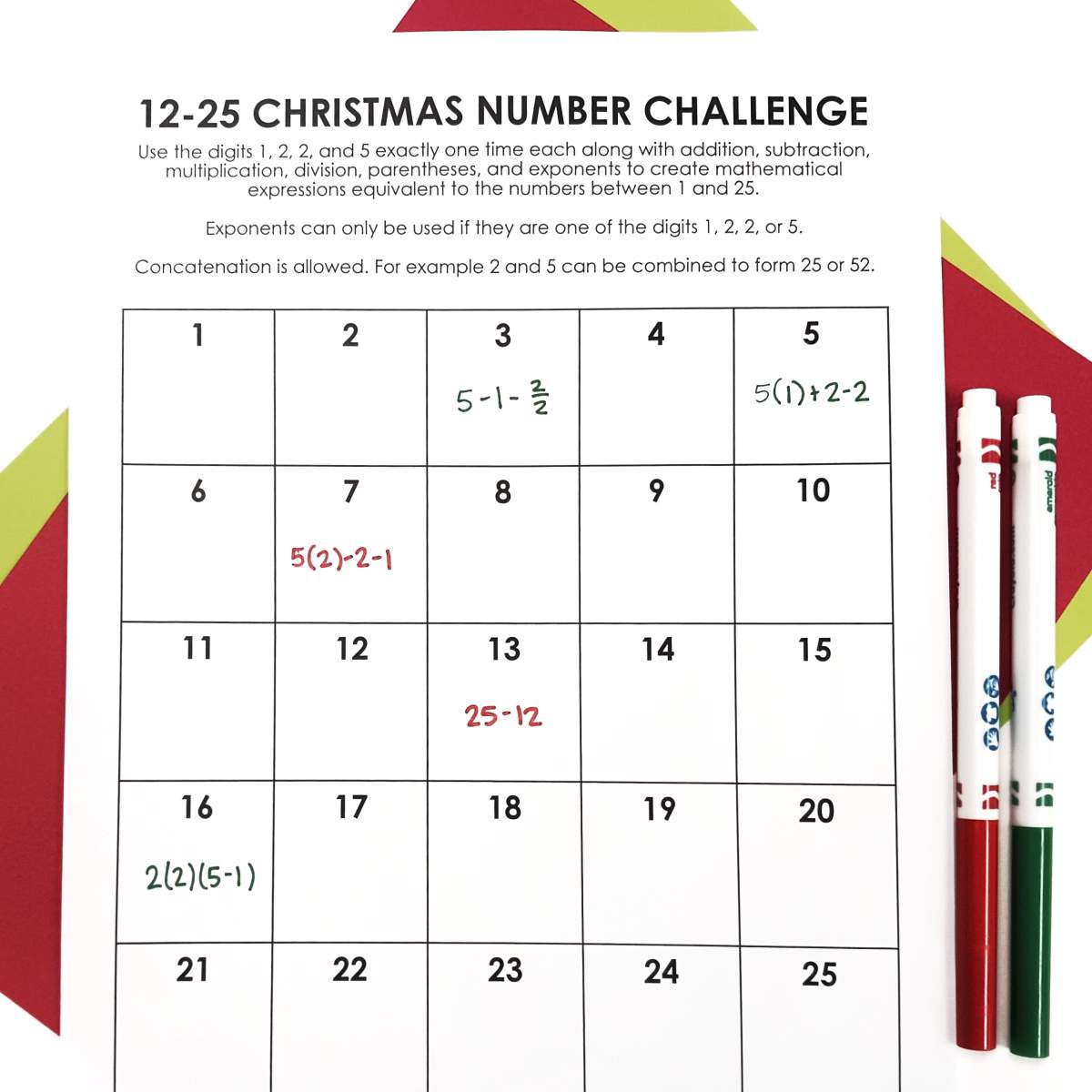
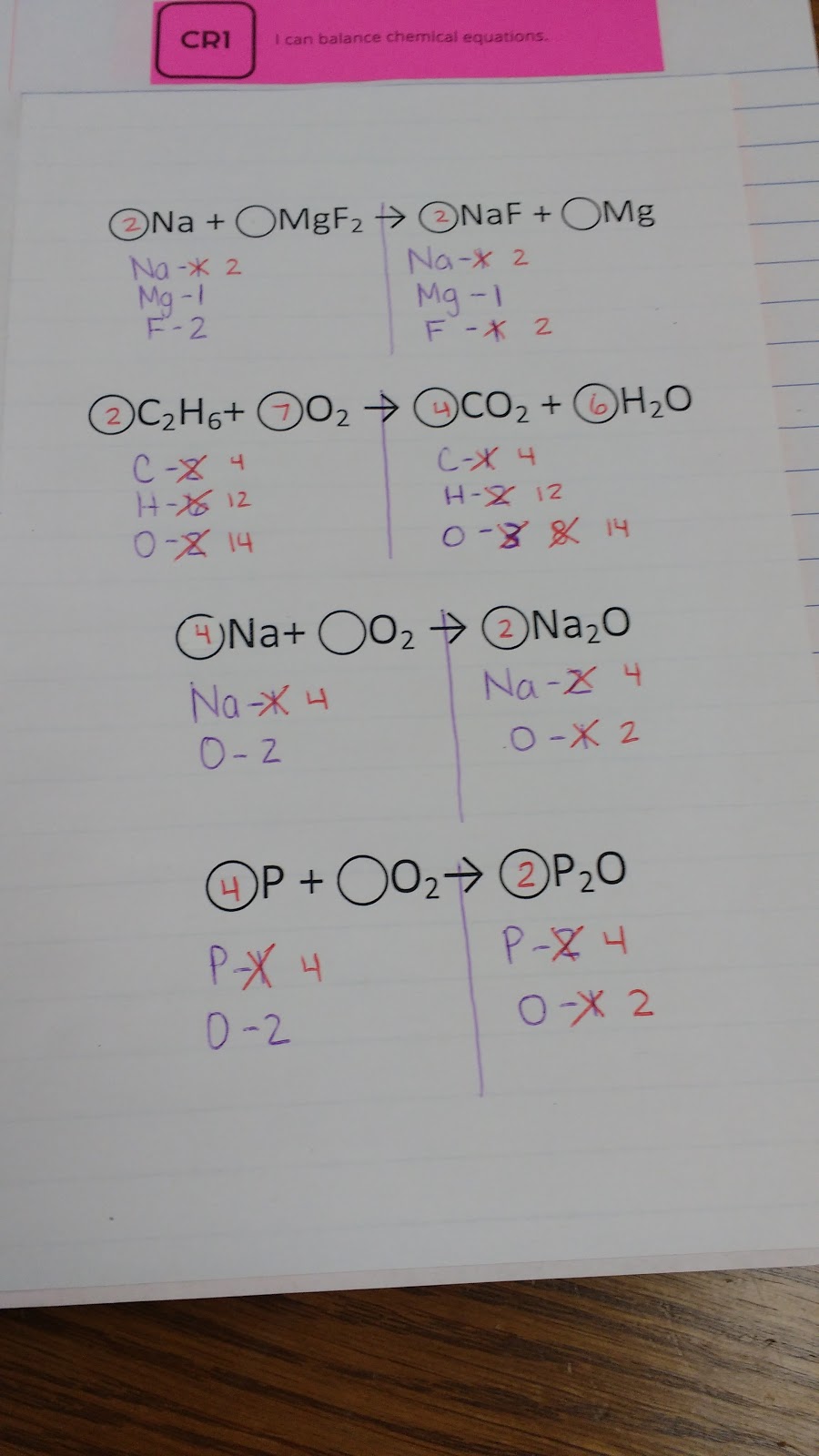
Thank you for always sharing your notes and foldables. Many of them help me tremendously with teaching struggling learners.
You're very welcome!
I second Tina!
Thanks!
Thanks… this is so helpful!!
You're welcome!
I just found this. I can tell it is going to be priceless in helping my struggling learners next year. Thank you, thank you, thank you!!!
You’ve probably already seen this, but just in case: “The Story of the Vinculum” https://youtu.be/JFzHIp2F0Yk?list=PLoBaXWXBi2d4hLv_ADYD1AxfckKk5Qala
I actually haven’t seen it. Thanks for sharing!